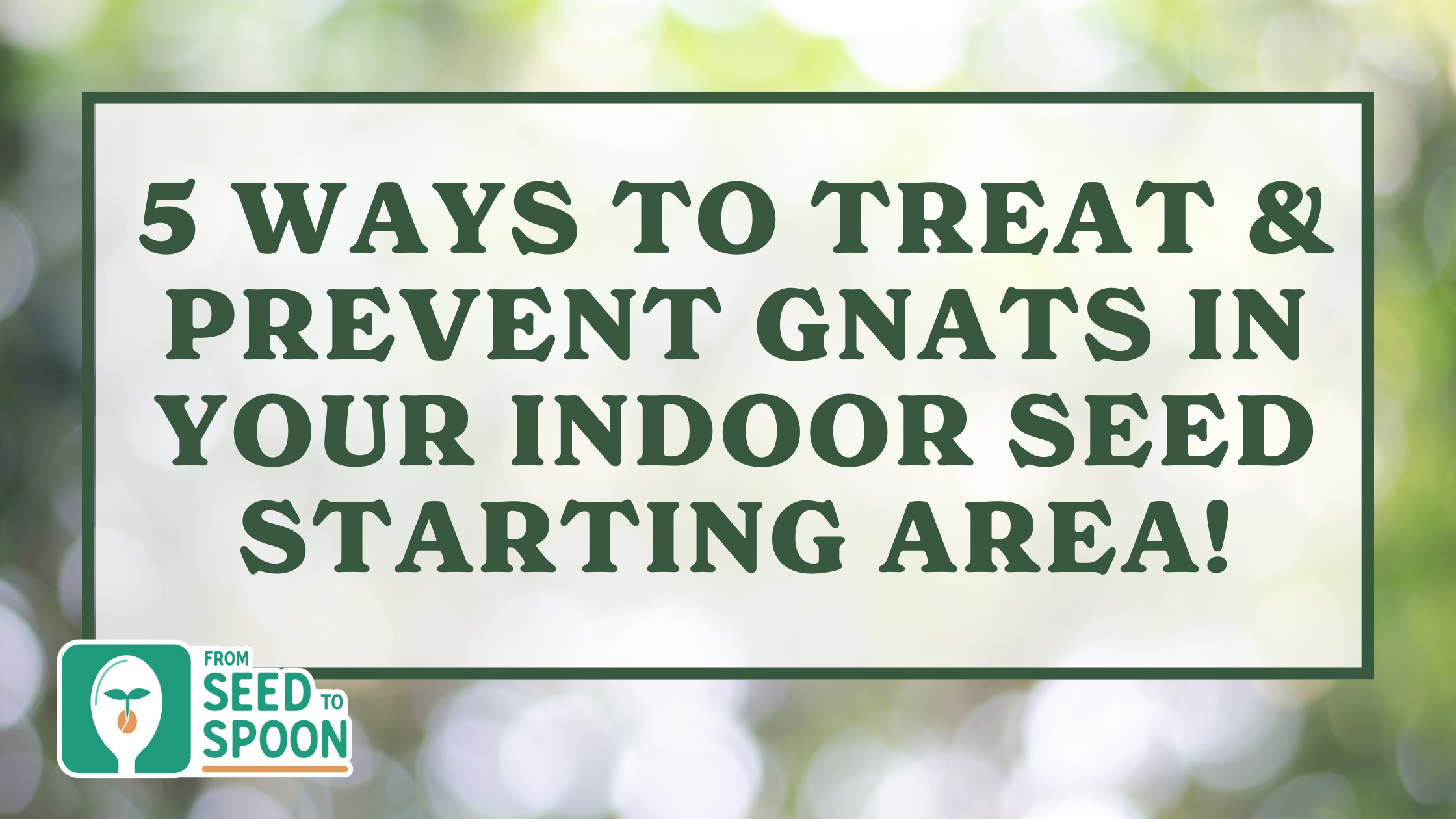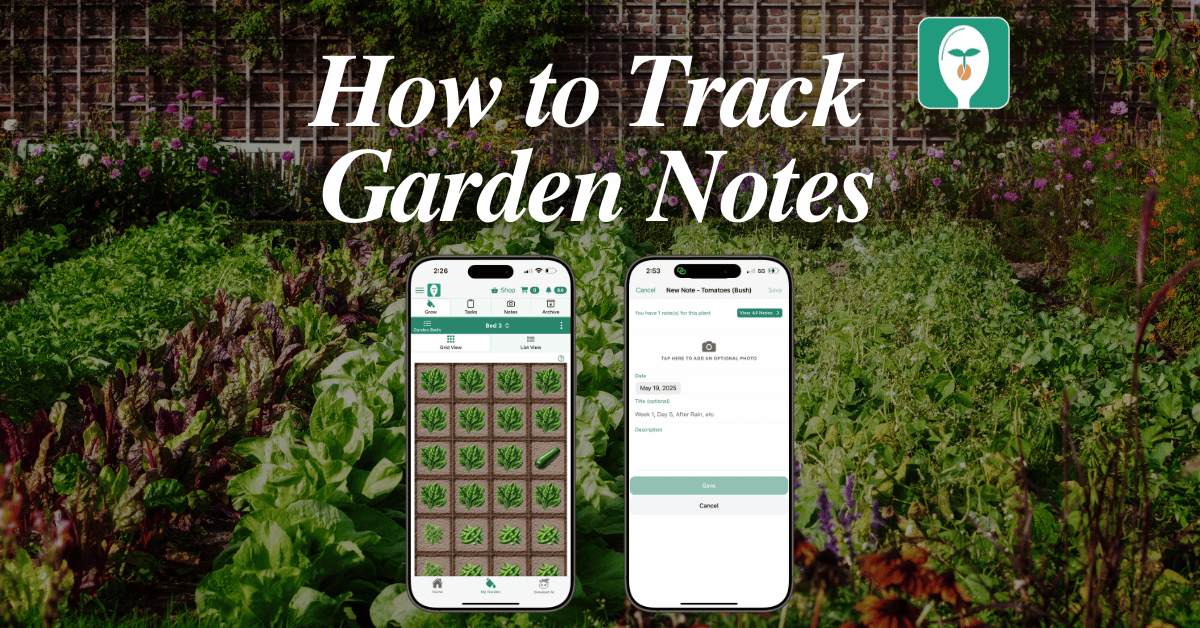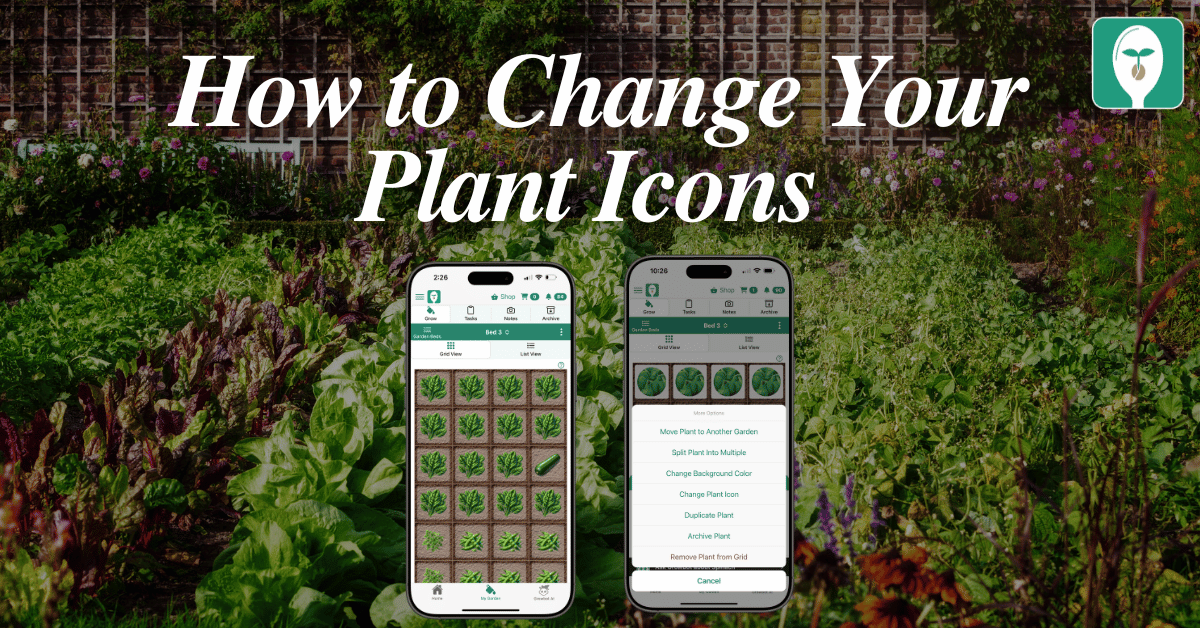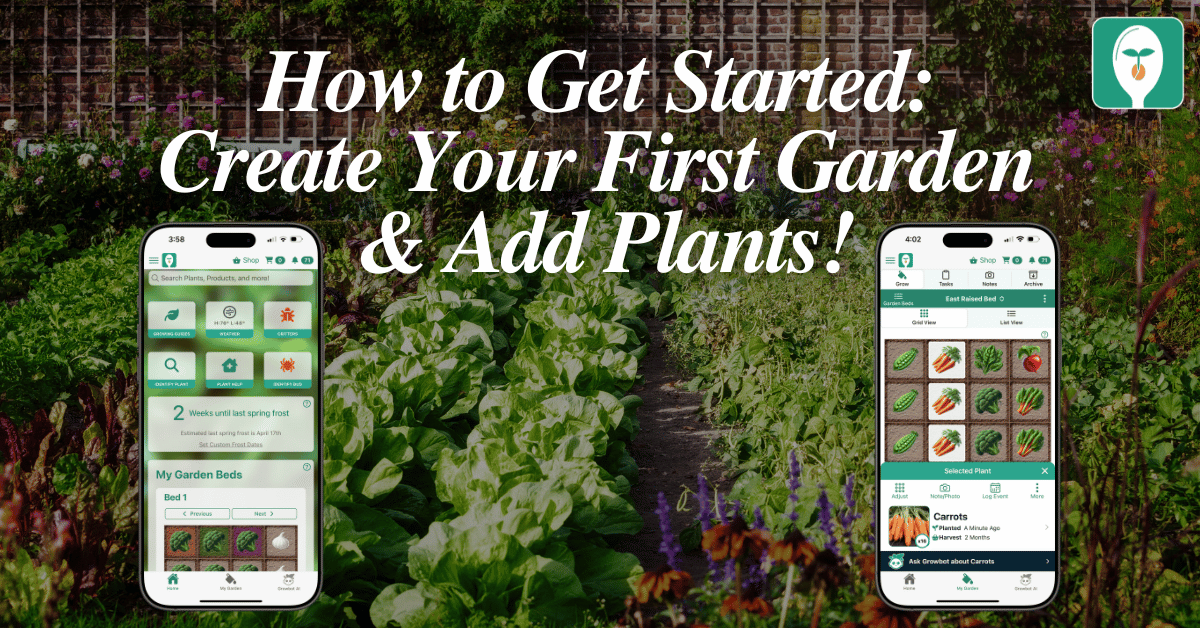Dealing with gnats in your indoor seed starting area can be frustrating, but there are effective ways to both prevent and treat these pesky infestations. Implementing these strategies will ensure a healthier growing environment for your seedlings.
Understanding Gnats: Gnats thrive in moist, warm environments, typically found in overwatered soil. They’re not just a nuisance but can also harm young seedlings by feeding on their roots.
Watering From Below: Overhead watering creates a moist environment conducive to gnat infestation. Watering from below keeps the soil surface dry, making it less attractive to gnats. This can be achieved using trays or self-watering systems.
Enhancing Air Circulation: Good airflow is crucial. Fans can help keep the air and soil surface drier, discouraging gnat activity. Position fans to gently blow across the soil surface without directly impacting the delicate seedlings.
Natural Gnat Traps: Yellow sticky traps are effective in capturing adult gnats. Place these near your seedlings to reduce the adult population and prevent further egg-laying.
Organic Gnat Deterrents: Diatomaceous earth, a natural and non-toxic substance, can be sprinkled around seedlings to deter gnats. Additionally, ground cinnamon is another natural remedy. Sprinkle it on the soil surface to repel gnats without harming your plants.
Regular Maintenance: Regularly check your seedlings and growing area for signs of overwatering and gnat activity. Adjust watering schedules and take immediate action if gnats are spotted.
Proper Soil Management: Using well-draining soil and avoiding overwatering are key preventive measures. Ensure that your seed starting mix is not too dense or moisture-retentive.
Plant Health Monitoring: Keep a close eye on your seedlings for any signs of stress or damage that might be caused by gnats or other pests.
Implementing these techniques can significantly reduce the risk of gnat infestations in your indoor seed starting area. For more detailed gardening advice and tips on managing your garden, download the From Seed to Spoon app. This resource offers a wealth of information on plant care, pest management, and helps you track your gardening journey.

Carrie Spoonemore, co-founder of “From Seed to Spoon,” stands as a beacon of inspiration for gardeners and health enthusiasts alike. Her journey alongside her husband, Dale Spoonemore, in creating a platform that demystifies gardening and promotes a healthier lifestyle, has made a significant impact on individuals around the globe. Through the “From Seed to Spoon” app, Carrie has dedicated herself to empowering people to take control of their health and environment by growing their own food.
With a profound belief in the power of gardening to improve mental and physical health, Carrie’s contributions to the Seed to Spoon blog reflect her holistic approach to wellness. Her articles often focus on the nutritional benefits of homegrown fruits and vegetables, organic gardening practices, and the mental health benefits of spending time in nature. Carrie’s expertise in health science shines through in her detailed discussions on how specific plants can contribute to a balanced diet and overall well-being.
Carrie’s passion for gardening is deeply intertwined with her commitment to family and community wellness. She frequently shares personal stories of how gardening has brought her family closer together, offering practical tips for involving children in gardening activities and making it a fun, educational experience. Her writing encourages families to explore gardening as a means of spending quality time together while learning about nature and sustainability.
In addition to gardening advice, Carrie’s contributions to the blog include insights into the use of technology to enhance the gardening experience. She has played a crucial role in designing the “From Seed to Spoon” app to be user-friendly, ensuring that users of all ages and backgrounds can navigate the complexities of gardening with ease. Her vision for the app is not just as a gardening tool but as a vehicle for change, inspiring individuals to adopt a more sustainable lifestyle by growing their own food.
Carrie Spoonemore’s presence on the blog is marked by her compassionate approach to teaching and her unwavering belief in the transformative power of gardening. Her work continues to inspire a community of gardeners to pursue a healthier, more sustainable way of living, proving that with the right tools and knowledge, anyone can become a gardener and advocate for their health and the planet.







